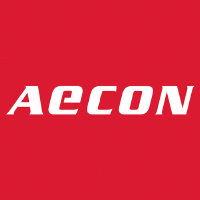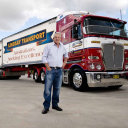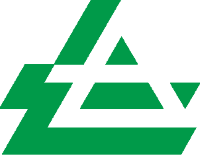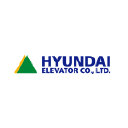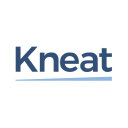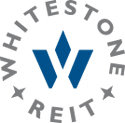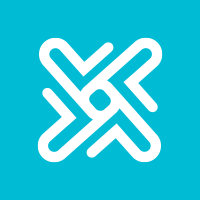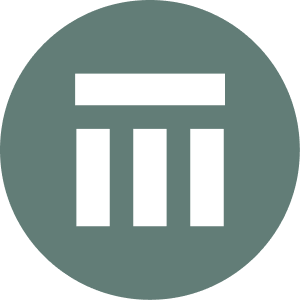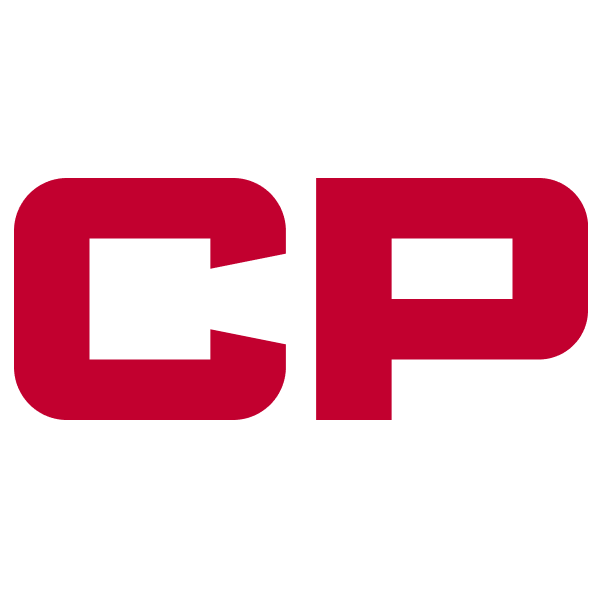
FLSmidth & Co A/S
CSE:FLS


| US |

|
Johnson & Johnson
NYSE:JNJ
|
Pharmaceuticals
|
| US |

|
Berkshire Hathaway Inc
NYSE:BRK.A
|
Financial Services
|
| US |

|
Bank of America Corp
NYSE:BAC
|
Banking
|
| US |

|
Mastercard Inc
NYSE:MA
|
Technology
|
| US |

|
UnitedHealth Group Inc
NYSE:UNH
|
Health Care
|
| US |

|
Exxon Mobil Corp
NYSE:XOM
|
Energy
|
| US |

|
Pfizer Inc
NYSE:PFE
|
Pharmaceuticals
|
| US |

|
Palantir Technologies Inc
NYSE:PLTR
|
Technology
|
| US |

|
Nike Inc
NYSE:NKE
|
Textiles, Apparel & Luxury Goods
|
| US |

|
Visa Inc
NYSE:V
|
Technology
|
| CN |

|
Alibaba Group Holding Ltd
NYSE:BABA
|
Retail
|
| US |

|
JPMorgan Chase & Co
NYSE:JPM
|
Banking
|
| US |

|
Coca-Cola Co
NYSE:KO
|
Beverages
|
| US |

|
Walmart Inc
NYSE:WMT
|
Retail
|
| US |

|
Verizon Communications Inc
NYSE:VZ
|
Telecommunication
|
| US |

|
Chevron Corp
NYSE:CVX
|
Energy
|
Utilize notes to systematically review your investment decisions. By reflecting on past outcomes, you can discern effective strategies and identify those that underperformed. This continuous feedback loop enables you to adapt and refine your approach, optimizing for future success.
Each note serves as a learning point, offering insights into your decision-making processes. Over time, you'll accumulate a personalized database of knowledge, enhancing your ability to make informed decisions quickly and effectively.
With a comprehensive record of your investment history at your fingertips, you can compare current opportunities against past experiences. This not only bolsters your confidence but also ensures that each decision is grounded in a well-documented rationale.
Do you really want to delete this note?
This action cannot be undone.

| 52 Week Range |
260.2
514.5
|
| Price Target |
|
We'll email you a reminder when the closing price reaches DKK.
Choose the stock you wish to monitor with a price alert.

|
Johnson & Johnson
NYSE:JNJ
|
US |

|
Berkshire Hathaway Inc
NYSE:BRK.A
|
US |

|
Bank of America Corp
NYSE:BAC
|
US |

|
Mastercard Inc
NYSE:MA
|
US |

|
UnitedHealth Group Inc
NYSE:UNH
|
US |

|
Exxon Mobil Corp
NYSE:XOM
|
US |

|
Pfizer Inc
NYSE:PFE
|
US |

|
Palantir Technologies Inc
NYSE:PLTR
|
US |

|
Nike Inc
NYSE:NKE
|
US |

|
Visa Inc
NYSE:V
|
US |

|
Alibaba Group Holding Ltd
NYSE:BABA
|
CN |

|
JPMorgan Chase & Co
NYSE:JPM
|
US |

|
Coca-Cola Co
NYSE:KO
|
US |

|
Walmart Inc
NYSE:WMT
|
US |

|
Verizon Communications Inc
NYSE:VZ
|
US |

|
Chevron Corp
NYSE:CVX
|
US |
This alert will be permanently deleted.
FLSmidth & Co A/S
FLSmidth & Co A/S, hailing from the industrious roots of Denmark, has woven itself into the very fabric of the global engineering and technology sectors. Originating in 1882, the company initially grounded its expertise in the cement and mining industries, establishing a robust blueprint that has shaped its century-long journey. Today, FLSmidth stands as a leader in delivering sustainable productivity within these sectors, leveraging a comprehensive portfolio that encompasses everything from project building and engineering to handling maintenance and optimization. Their primary proposition lies in providing equipment and full-service strategies that empower their clients to enhance production efficiency while ensuring environmental compliance, addressing the modern-day demand for sustainability.
The financial engine of FLSmidth is fueled by its dual focus on the cement and mining divisions, each accounting for significant revenue streams. The mining sector offers an expansive range of equipment and systems for mineral processing, seamlessly integrating with the demands of a fluctuating global mining industry. Simultaneously, the cement division provides pioneering technologies and services that help plants maximize operational efficiency and reduce emissions. FLSmidth's ability to generate revenue is intricately linked to its proactive investment in research and development, ensuring its solutions are on the cutting edge of innovation. Through comprehensive aftermarket services and long-term client partnerships, the company not only secures steady cash flows but also positions itself as an essential partner in the continuous optimization of its client’s operations.

FLSmidth & Co A/S, hailing from the industrious roots of Denmark, has woven itself into the very fabric of the global engineering and technology sectors. Originating in 1882, the company initially grounded its expertise in the cement and mining industries, establishing a robust blueprint that has shaped its century-long journey. Today, FLSmidth stands as a leader in delivering sustainable productivity within these sectors, leveraging a comprehensive portfolio that encompasses everything from project building and engineering to handling maintenance and optimization. Their primary proposition lies in providing equipment and full-service strategies that empower their clients to enhance production efficiency while ensuring environmental compliance, addressing the modern-day demand for sustainability.
The financial engine of FLSmidth is fueled by its dual focus on the cement and mining divisions, each accounting for significant revenue streams. The mining sector offers an expansive range of equipment and systems for mineral processing, seamlessly integrating with the demands of a fluctuating global mining industry. Simultaneously, the cement division provides pioneering technologies and services that help plants maximize operational efficiency and reduce emissions. FLSmidth's ability to generate revenue is intricately linked to its proactive investment in research and development, ensuring its solutions are on the cutting edge of innovation. Through comprehensive aftermarket services and long-term client partnerships, the company not only secures steady cash flows but also positions itself as an essential partner in the continuous optimization of its client’s operations.
Revenue Guidance: FLSmidth expects full-year revenue at the lower end of its previous range, now guiding for around DKK 14.5 billion.
Margins: Q3 adjusted EBITDA margin was 15.3%, in line with expectations, and full-year margin guidance of 15.0%–15.5% is unchanged.
Service & PCV Strength: 80% of business now comes from high-margin, low-risk, recurring service and PCV segments, with service orders up 10% organically.
Product Business: Product orders remain soft, and the company does not expect growth in this area until at least late 2026; cost reductions are ongoing.
Cash Flow: Strong cash flow from operations, with free cash flow at DKK 358 million in Q3; full-year CFFO is now expected slightly above DKK 1 billion.
Cost Reductions: The company is actively reducing costs, including cutting 250–300 positions mainly in products, with further SG&A reductions expected.
Backlog Timing: Some project and service revenues delayed to 2026 due to customer timing and internal execution, but not lost.



